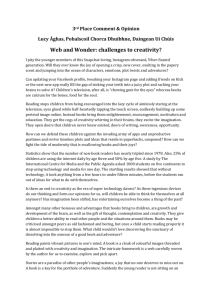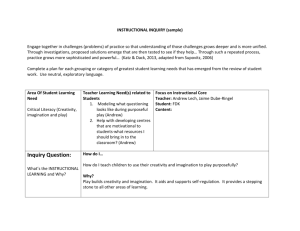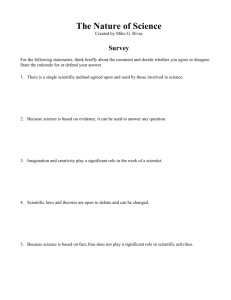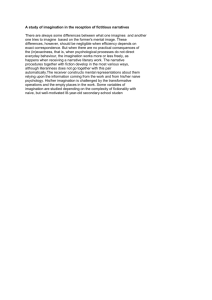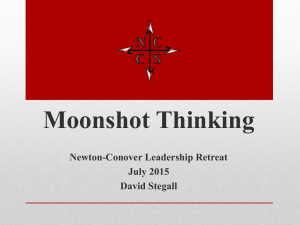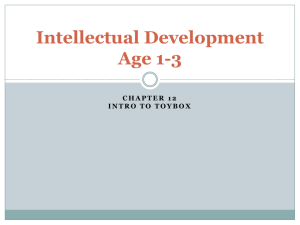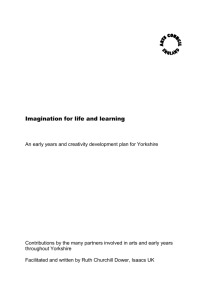BA531 - Southeast Missouri State University
advertisement
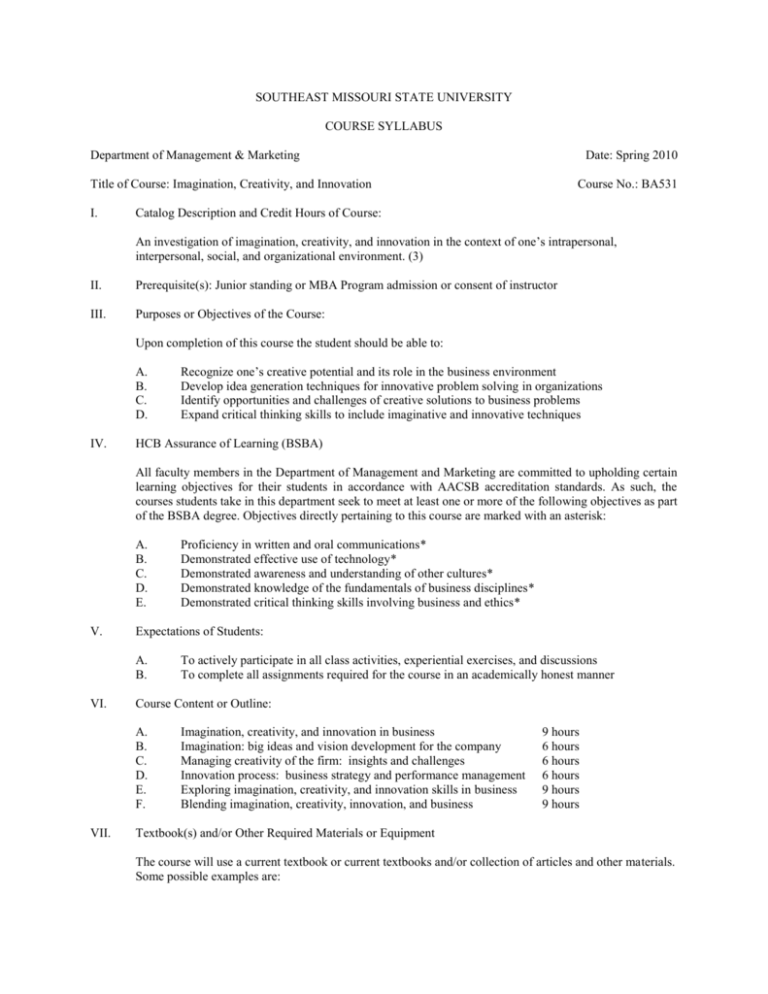
SOUTHEAST MISSOURI STATE UNIVERSITY COURSE SYLLABUS Department of Management & Marketing Date: Spring 2010 Title of Course: Imagination, Creativity, and Innovation I. Course No.: BA531 Catalog Description and Credit Hours of Course: An investigation of imagination, creativity, and innovation in the context of one’s intrapersonal, interpersonal, social, and organizational environment. (3) II. Prerequisite(s): Junior standing or MBA Program admission or consent of instructor III. Purposes or Objectives of the Course: Upon completion of this course the student should be able to: A. B. C. D. IV. Recognize one’s creative potential and its role in the business environment Develop idea generation techniques for innovative problem solving in organizations Identify opportunities and challenges of creative solutions to business problems Expand critical thinking skills to include imaginative and innovative techniques HCB Assurance of Learning (BSBA) All faculty members in the Department of Management and Marketing are committed to upholding certain learning objectives for their students in accordance with AACSB accreditation standards. As such, the courses students take in this department seek to meet at least one or more of the following objectives as part of the BSBA degree. Objectives directly pertaining to this course are marked with an asterisk: A. B. C. D. E. V. Expectations of Students: A. B. VI. To actively participate in all class activities, experiential exercises, and discussions To complete all assignments required for the course in an academically honest manner Course Content or Outline: A. B. C. D. E. F. VII. Proficiency in written and oral communications* Demonstrated effective use of technology* Demonstrated awareness and understanding of other cultures* Demonstrated knowledge of the fundamentals of business disciplines* Demonstrated critical thinking skills involving business and ethics* Imagination, creativity, and innovation in business Imagination: big ideas and vision development for the company Managing creativity of the firm: insights and challenges Innovation process: business strategy and performance management Exploring imagination, creativity, and innovation skills in business Blending imagination, creativity, innovation, and business 9 hours 6 hours 6 hours 6 hours 9 hours 9 hours Textbook(s) and/or Other Required Materials or Equipment The course will use a current textbook or current textbooks and/or collection of articles and other materials. Some possible examples are: A. Potential Textbooks 1. 2. 3. 4. 5. 6. 7. 8. 9. B. Selected Periodicals 1. 2. 3. 4. 5. 6. 7. 8. 9. 10. 11. 12. C. VIII. Ahmed, P. (2010). Innovation Management: Context, Strategies, Systems, and Processes. Prentice Hall. Bennes, W., & Beiderman, P.W. (1997). Organizing Genius. Addison – Wesley. Feinstein, J.S. (2006). The Nature of Creative Development. Stanford Business Books. Fisk, P. (2010). Creative Genius. Capstone. Leonard, D., & Swap, W. (1999). When Sparks Fly. Harvard Business School Publishing. Liu, E., & Noppe-Brandon, S. (2009). Imagination First: Unlocking the Power of Possibility. Jossey-Bass. Michalko, M. (2001). Cracking Creativity. Ten Speed Press. Morreall, J. (2009). Comic Relief: A Comprehensive Philosophy of Humor. WileyBlackwell. Sawyer, K. (2007). Group Genius – The Creative Power of Collaboration. Basic Books. Academy of Management Journal Academy of Management Review Administrative Science Quarterly Creativity Research Journal Business Week Fortune Harvard Business Review International Journal of Humor Research Journal of Applied Psychology Journal of Entrepreneurship Journal of Management Studies The New Yorker Other readings as required by the instructor Basis for Student Evaluation A. B. C. D. E. Graded assignments as indicated by the instructor Participation in and completion of in-class activities, exercises, discussions, and other projects Group project(s) Quizzes and/or exams Graduate students complete a major individual research-based term project The weight of the evaluation criteria may vary according to each instructor and will be communicated at the beginning of the course. IX. Grading Scale Undergraduate students: Graduate students: 90% - 100% = A 80% - 89% = B 70% - 79% = C 60% - 69% = D 0% - 59% = F 90% - 100% = A 80% - 89% = B 70% - 79% = C 0% - 69% = F X. Academic Policy Statement Students will be expected to abide by the University Policy for Academic Honesty regarding plagiarism and academic honesty. Refer to: http://www6.semo.edu/stuconduct/ XI. Students with Disabilities If a student has a special need addressed by the Americans with Disabilities Act (ADA) and requires materials in an alternative format, please notify the instructor at the beginning of the course. Reasonable efforts will be made to accommodate special needs.

